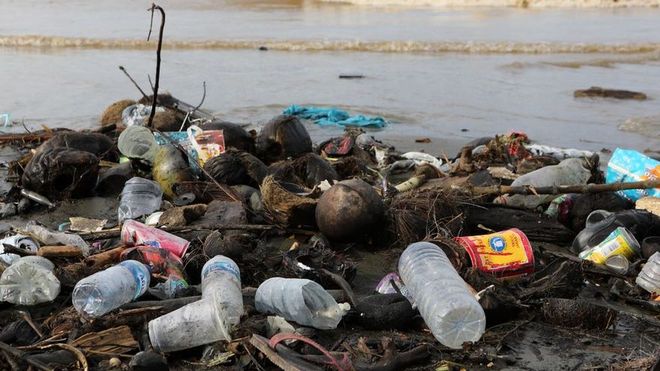From shopping bags and sanitary pads, beverage cans and disposable masks and gloves, you can find pretty much everything on the seabed of the Gulf of Valencia.
Every day 12.9 kilograms of waste reach the coast for every kilometre of beach while in microplastics, with 42 tons per year in the Valencia strip, it is the Spanish city with the highest level of pollution according to the latest report from the Foundation Oceana.
The Oceana studies were carried out in 2020 in the section between Valencia and Sagunt using an underwater robot, with dives to capture high resolution images and videos. In the soft soil points, the endofauna was documented by dredges. The technicians found 436 residues, of which 398 were plastic. A simple subsequent calculation allows us to deduce that some 447.3 pieces of polluting elements are accumulated per square kilometre.
The data from Oceana coincides with the alert launched this week by WWWF that points to the Mediterranean as one of the seas with the highest concentration of microplastics on the planet. A threat to the survival of 134 of its species, including whales and turtles.
“In the long term they can cause problems in fish and human health”
“In the long term, this situation can generate adverse effects for the economy of the communities that depend on fishing and for human health”, according to the document prepared by the Alfred Wegener Institute. In the case of the Gulf of Valencia, 17 underwater dives were made.
Most of the plastic collected was single use, from terrestrial sources, mainly parts of plastic film or sheets (41%), from packaging, bags or plastic film used in agriculture. The second most documented type was plastic bags (32%), followed by unidentified plastic objects (13%) and food wrappers (4.5%), in addition to medical supplies generated by the pandemic.





